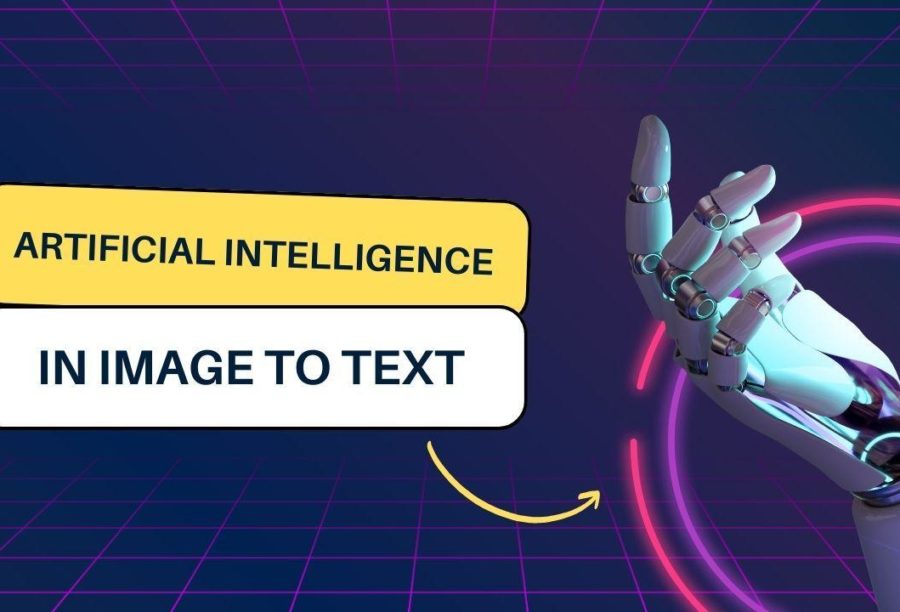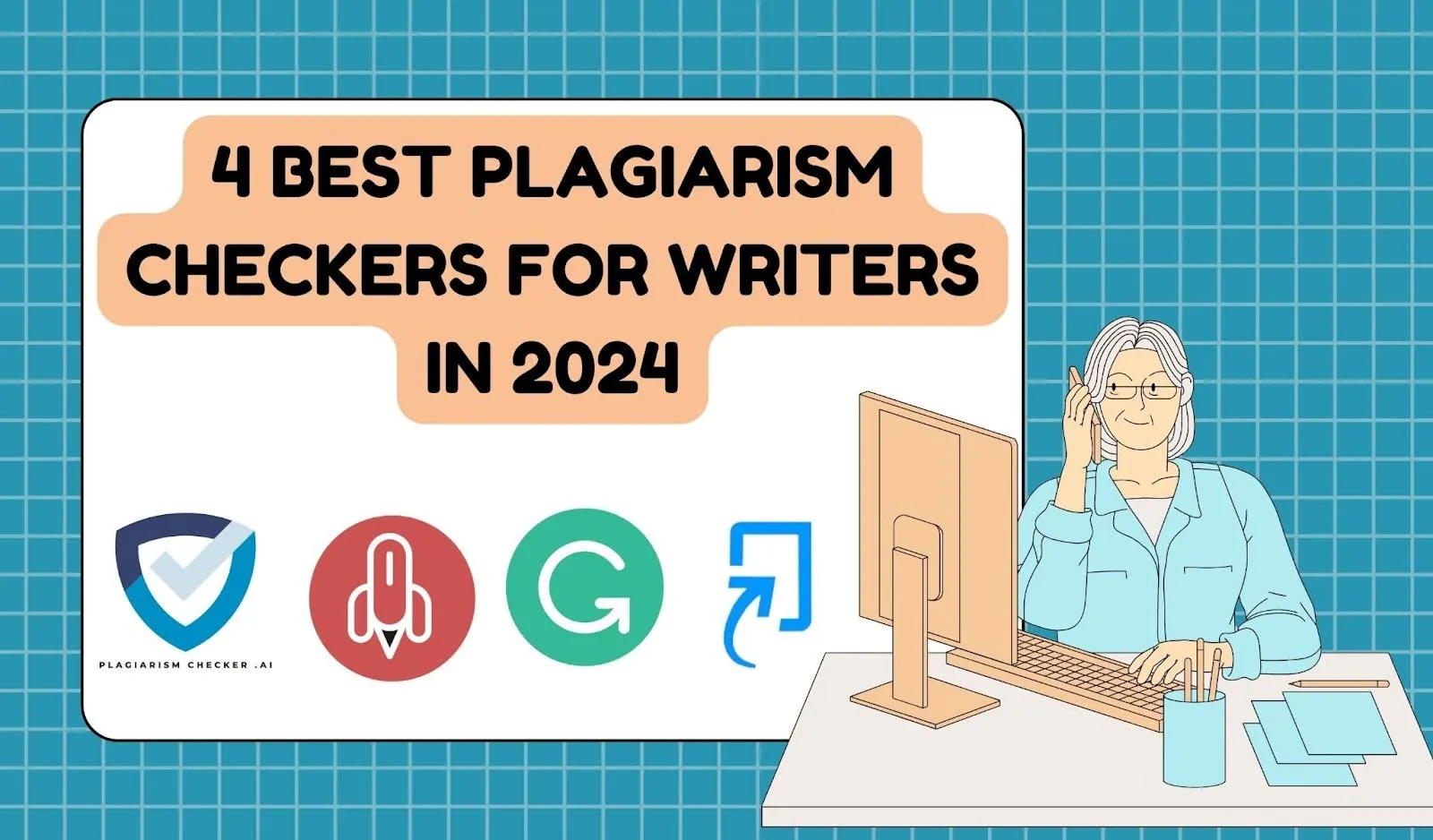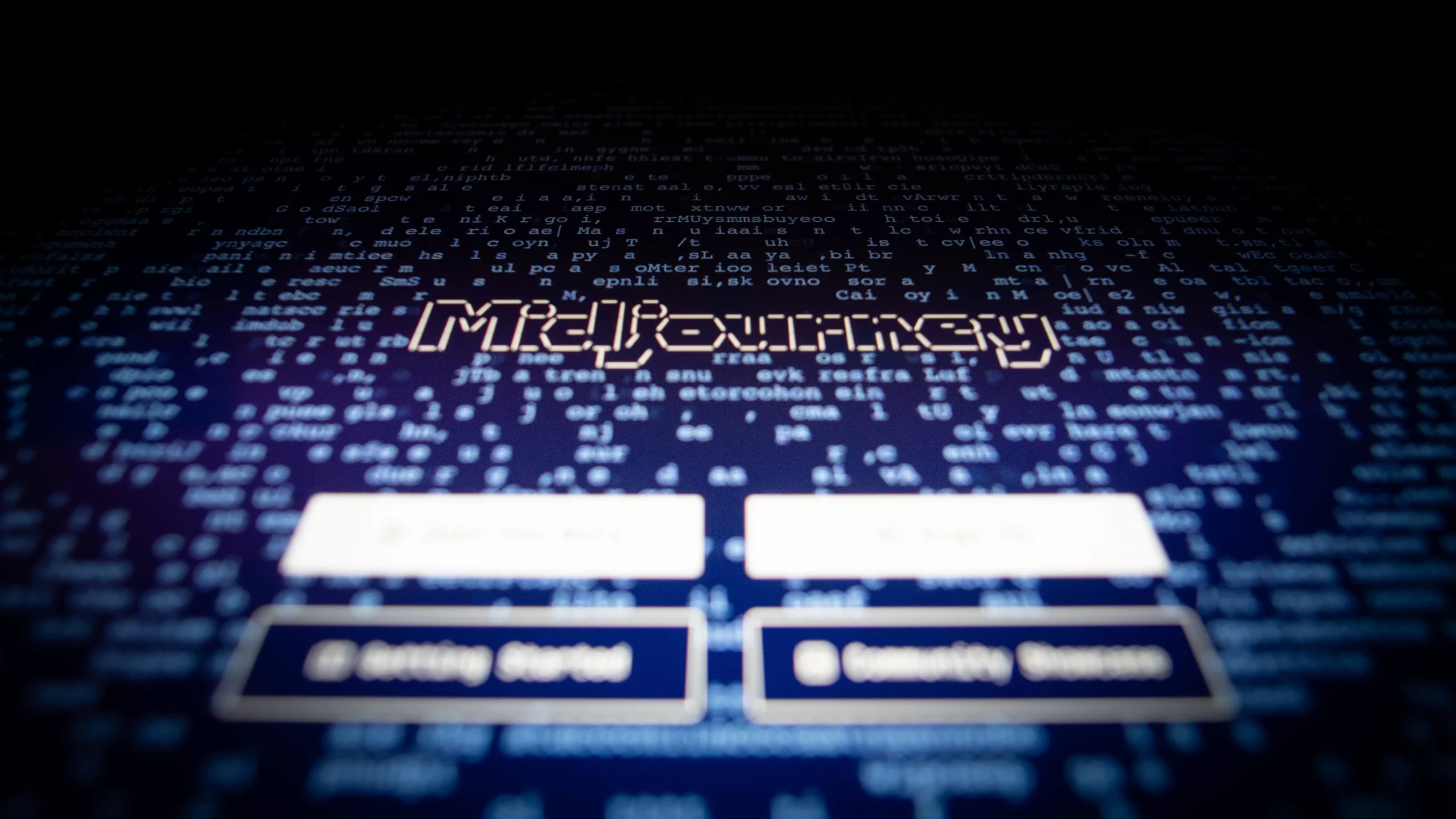
In today’s digital age data is everywhere and comes in different forms. In different types of informational data text data works because it provides useful information. Many important documents are still preserved in non-textual forms such as images, written documents, or printed pages. To obtain this information we use an image-to-text technique also known as optical character recognition (OCR). Traditional OCR technology has existed for some time but faces many challenges related to accuracy and ability to solve issues. Artificial intelligence (AI) has revolutionized the way images are converted into text significantly increasing accuracy.
Understanding Image To Text Conversion
Before understanding the importance of artificial intelligence in this field. Let’s understand the principles of image change. This change is the process of extracting content from an image and converting it into editable text. Image to text processing has many applications in a variety of industries including digitizing historical documents, automating data entry, providing access services for the visually impaired, and more. Traditional OCR technology relies on advanced rule-based systems and has problems with handwriting and complex fonts and designs.
The Evolution Of Optical Character Recognition (OCR)
Optical Character Recognition (OCR) has come a long way since its introduction in the 20th century. But there were problems with different fonts and styles and the transformation process required everything to be right. But now thanks to smart computers and artificial intelligence, OCR does a good job of text to text.
This can help in many ways such as converting old documents to computer files or reading them to people who can’t see. OCR is a great example of technology. It used to be challenging earlier, but now it’s simple and helps us a lot in the digital world.
How AI Converts Images To Text

Artificial intelligence, especially deep learning models has transformed optical character recognition technology by solving problems. Neural networks especially convolutional neural networks (CNNs) and recurrent neural networks (RNNs), play an important role in converting images into text. These networks learned about large amounts of text and images, which allowed them to study patterns and patterns in different texts, languages, and media.
The AI image to text conversion process has several important steps:
1. Pre-processing: The input image is first preprocessed to enhance the quality of the image, this process includes operations such as noise reduction, contrast, and binarization.
2. Feature extraction: CNN is used to identify important features such as symbols, lines, and words in images.
3. Text recognition: Use RNNs and other models to identify and record text found in images.
4. Post-processing: Refining and editing the recognition text to increase accuracy.
Key Technologies Enabling AI Image-To-Text Conversion
Several key technologies enable AI to perform image-to-text conversion efficiently:
1. Convolutional Neural Networks (CNN): They are very suitable for image analysis as they can detect dependencies and patterns.
2. Recurrent Neural Networks (RNN): RNNs process data sequentially, making them ideal for recognizing text in images.
3. Transformer-based architecture: Transformer architecture has demonstrated high performance in many operating languages and it is optimized for OCR.
4. Transform learning: Pre-learning models, such as those in the Vision Transformer (ViT) and BERT families, can be optimized for OCR tasks, saving time and resources.
Advantages Of Artificial Intelligence In Images For Text Conversion
Integrating artificial intelligence into images for text conversion provides many advantages:
1. Accuracy and error reduction: AI models consistently outperform traditional methods, increasing accuracy and reducing errors.
2. Multi-language support: The artificial intelligence model can recognize text in multiple languages and is suitable for international use.
3. Manage complex layouts and fonts: AI increases flexibility by handling different fonts, complex layouts, and non-standard designs.
4. Scalability and automation: AI-powered OCR systems process large amounts of data quickly and efficiently, reducing manual work.
Challenges And Limitations
While AI is revolutionizing image-to-text conversion, challenges remain:
1. Handwriting: Knowing how to write, especially cursive, is still a difficult skill to master.
2. Low image quality: Scanning with low image quality or low resolution will affect the accuracy of the AI.
3. Privacy and security issues: Handling sensitive information in photos requires careful consideration of privacy and security.
4. Biased data training: AI models will show bias by behaving differently with text from different sources.
Real-World Applications
Artificial intelligence-supported image-to-text conversion has many applications in different areas:
1. Digitizing content in libraries and archives: Libraries and archives use artificial intelligence to digitize historical documents to preserve important information.
2. Invoice and receipt processing: Businesses automatically retrieve information from invoices and receipts for spending.
3. Automatic data entry: Organizations support data entry by extracting information from scanned documents.
4. Easy access for the visually impaired: Artificial intelligence OCR technology increases accessibility for the visually impaired by converting the text in images into speech or Braille alphabet.
The Future Of Image-To-Text Conversion
The future of image-to-text conversion is promising. Ongoing research and advancements are expected to strengthen the AI model’s ability to recognize different texts, languages, and layouts. Integration with other AI technologies such as natural language processing and translation will expand applications.
Ethical Considerations
As AI continues to play a significant role in image-to-text conversion, ethical considerations are important:
1. Confidentiality and authorization: Processing personal information or sensitive information in the image requires appropriate authorization and ensuring the confidentiality of the information.
2. Bias and fairness: Efforts should be made to minimize bias in OCR results and ensure that all languages and fonts are fair.
3. Make it accessible to everyone: AI OCR tools should prioritize accessibility, such as supporting multiple languages and putting everything into a single accessible format.
Conclusion
Artificial intelligence has redefined extracting text from images making it more accurate, versatile, and useful than ever before. The artificial intelligence revolution has tremendous potential to uncover critical information and increase access to information. But it also includes a moral obligation to ensure privacy, integrity, and access for all users. With the continued development of artificial intelligence, the possibilities of converting images into text are endless. Marking a future where information has no boundaries.

